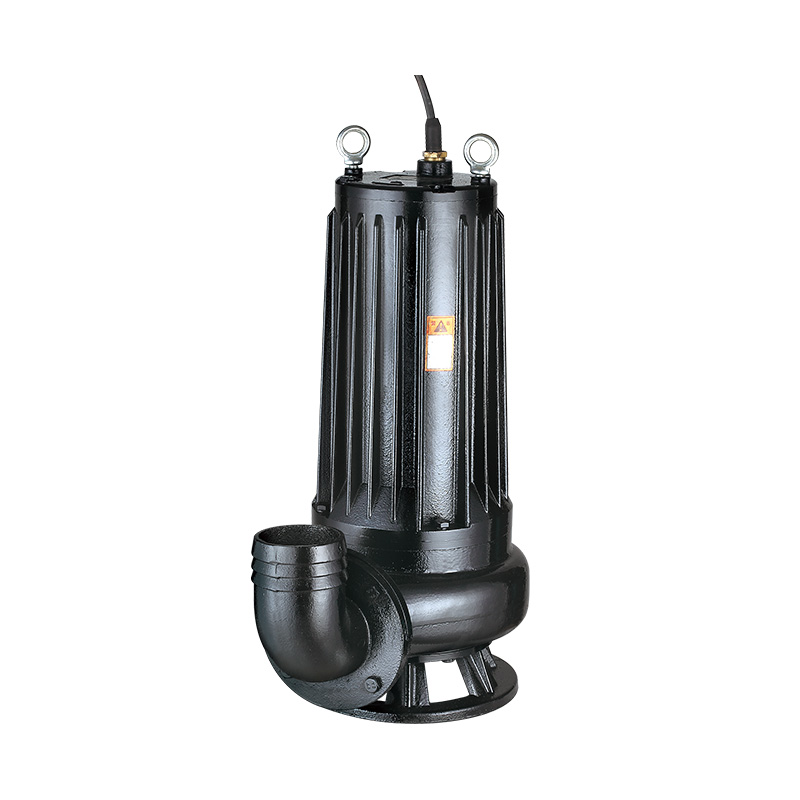Self-priming stainless steel pumps provide distinct practical advantages in water transfer and circulation systems, especially in scenarios where the pump may need to handle intermittent flow or variable suction conditions. Their ability to remove air from the suction line and initiate flow without manual intervention represents a major utilitarian strength, contributing directly to user convenience and operational continuity.

From an engineering perspective, the principle of utilitarianism—focusing on practical outcomes and the greatest operational benefit—is clearly demonstrated in the design of these pumps. Stainless steel construction ensures resistance to corrosion and chemical attack, making the pumps suitable for applications involving mildly aggressive fluids or environments where metal degradation is a concern. This feature extends service life and supports dependable function in water treatment, food processing, marine use, and chemical circulation systems.
The self-priming mechanism is particularly beneficial in locations where the pump is positioned above the water source. Instead of requiring external priming tools or manual intervention, the pump can resume operation automatically after interruptions, contributing to workflow stability and system simplicity.
In addition, many self-priming stainless steel pumps are compact, easy to install, and require minimal space. Their low maintenance requirements and adaptability to varied operational conditions enhance their usefulness across different fields. By prioritizing functionality and long-term performance, these pumps fulfill utilitarian goals through efficient, practical design and operation.
Stainless steel centrifugal sewage pumps are engineered to handle wastewater and solids-laden fluids while maintaining consistent hydraulic performance. Their efficiency arises from both mechanical design and material selection, enabling them to support vital sanitation and fluid disposal tasks in urban infrastructure, commercial facilities, and industrial wastewater systems.
The hydraulic design of these pumps typically includes specially contoured impellers and flow passages that minimize clogging while maintaining smooth, continuous flow. Open or semi-open impeller configurations are often used to handle suspended solids and fibrous materials commonly found in sewage. These design features help reduce energy loss and ensure that the pump can operate effectively under varying load conditions.
Stainless steel as a construction material contributes directly to pump efficiency by frictional resistance and resisting chemical wear. Unlike cast iron or plastic alternatives, stainless steel maintains structural integrity over time, even when exposed to corrosive or high-temperature wastewater. This material stability reduces the frequency of wear-related degradation, preserving hydraulic performance and lowering total cost of ownership.
Motor and bearing assemblies in stainless steel centrifugal sewage pumps are selected to ensure low-friction rotation and reliable power transfer. Efficient coupling between the motor and pump impeller results in reduced energy consumption. Many models are compatible with variable frequency drives (VFDs), allowing for speed adjustment based on real-time demand. This adaptability not only enhances energy efficiency but also extends equipment life by reducing mechanical strain during low-load conditions.
Regular system monitoring and periodic maintenance support sustained efficiency, and the robust nature of stainless steel construction reduces the need for frequent part replacements. By combining energy-conscious design, high-flow capability, and material durability, stainless steel centrifugal sewage pumps provide a reliable solution for managing wastewater with consistent performance and minimized resource consumption.